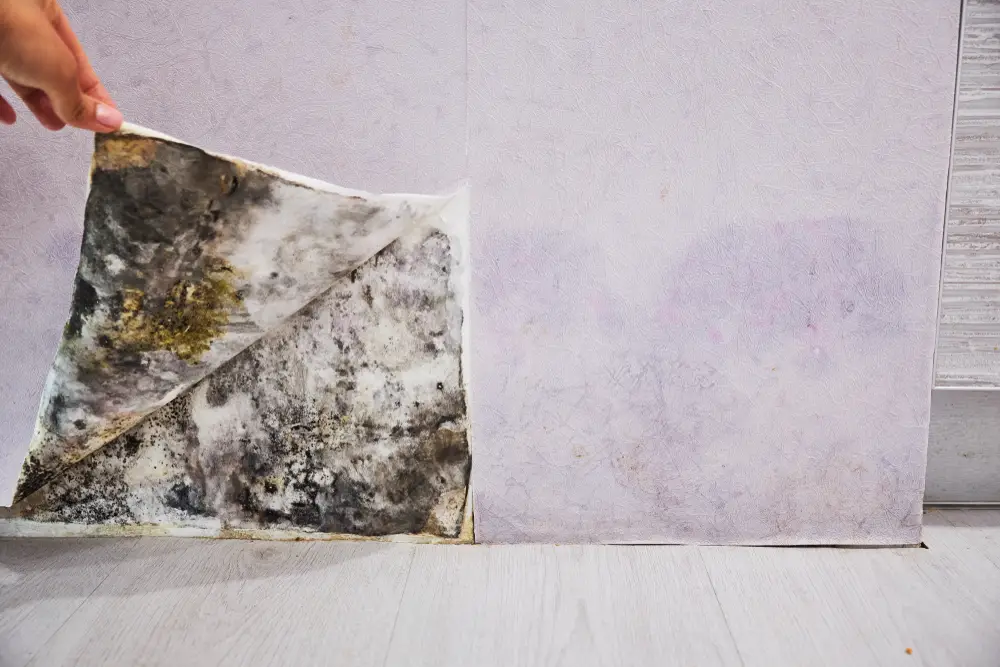Mold growth is a common issue in many households, and it’s not limited to walls or ceilings. Mold can indeed grow on furniture, carpets, and other household items. In this post, we will explore the factors that contribute to mold growth on these surfaces, the potential risks it poses to health and property, and the preventive measures that homeowners can take to combat this issue.
Causes of Mold Growth on Furniture, Carpets, and Household Items

Mold is a type of fungus that thrives in moist and humid environments. It can develop on a variety of surfaces, including:
Furniture: Upholstered furniture, such as couches and chairs, provides an ideal breeding ground for mold if they become damp or wet. The porous materials in furniture, like fabric and padding, can trap moisture and encourage mold growth.
Carpets: Carpets and rugs can harbor mold when they come into contact with moisture. Spills, leaks, or even high humidity levels can create conditions conducive to mold development within the carpet fibers and padding.
Household Items: Household items made of organic materials, such as paper, wood, or leather, are susceptible to mold infestation if they are exposed to moisture. Books, wooden furniture, leather goods, and even clothing can all become moldy under the right conditions.
Risks Associated with Mold Growth
Health Concerns: Mold releases tiny spores into the air, which can be inhaled and lead to health issues, especially for individuals with mold allergies or respiratory conditions. Symptoms can include nasal congestion, coughing, wheezing, and skin irritation.
Structural Damage: Mold can deteriorate the materials it grows on. In the case of furniture and wooden items, it can weaken the structure, causing warping and decay. Carpets can also sustain irreversible damage from mold growth.
Property Value: Mold-infested furniture, carpets, or household items can negatively impact the overall value of a property. Buyers and renters are often deterred by the presence of mold, leading to financial losses for homeowners.
Prevention and Mitigation

Preventing mold growth on furniture, carpets, and household items is essential. Here are some steps homeowners can take:
Control Moisture: The most effective way to prevent mold is to control moisture levels. Repair leaks promptly, use dehumidifiers in damp areas, and maintain proper ventilation in your home.
Regular Cleaning: Routinely clean and vacuum carpets and rugs to prevent the buildup of dust and moisture. Make sure they are completely dry after cleaning.
Proper Storage: Store items made of organic materials in a dry and well-ventilated area. Avoid keeping items in damp or humid spaces like basements.
Quick Response: Act promptly in the event of spills or leaks on furniture, carpets, or household items. Dry the affected areas thoroughly and consider using fans or dehumidifiers.
Professional Help: If you notice significant mold growth on any of these surfaces, consider seeking professional mold remediation services to safely and effectively remove the mold. Remember not DIY solutions will be able to help you to completely get rid of mold.
Conclusion
In conclusion, mold can indeed grow on furniture, carpets, and various household items when conditions conducive to its development are present. Homeowners should be proactive in preventing mold by controlling moisture levels, practicing regular cleaning and maintenance, and promptly addressing any issues that may lead to mold growth. This not only preserves the integrity of the items but also ensures a healthy and safe living environment for the occupants.









